Plans underway to integrate archaeological remains into a publicly accessible exhibition within the revised office scheme
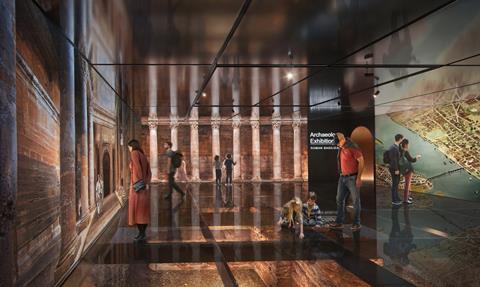
Archaeological investigations at 85 Gracechurch Street in the City of London have uncovered significant remains of the first Roman basilica, part of the wider forum that once formed the political, judicial, commercial, and social centre of Roman London. The remains, which include foundations and walls constructed from flint, ragstone, and Roman tile, are proposed to be incorporated into an updated development scheme for the site.
The findings were made by Museum of London Archaeology (MOLA) following the granting of planning permission in October 2023 for a 32-storey commercial development. The approved scheme includes a mix of commercial uses, a new public hall, and an exhibition space in partnership with London Museum. Following the archaeological discoveries, the project team is working with the City of London Corporation on revised proposals that seek to integrate the remains into a publicly accessible exhibition and immersive visitor experience.
“The scheme has been comprehensively adjusted,” said James Taylor from architecture firm Woods Bagot, speaking to the BBC. “Simple things like the columns have had to literally move position, so you’re not destroying all these special stones that we found in the ground.”
To preserve the uncovered remains, the number of lifts in the building has been reduced, which in turn has necessitated lowering the overall height of the structure. Taylor expressed confidence that the changes would deliver a suitable setting for the archaeological remains. “To actually see people using and enjoying the space, moving through the public hall and down to see the remains, will be absolutely incredible.”
The Basilica was constructed in the late 1st century AD, during the Governorship of Agricola, and formed part of the administrative and civic centre of Londinium. The remains uncovered at 85 Gracechurch Street are thought to be part of the Tribunal, an elevated platform where magistrates and political leaders would have presided over judicial and governmental matters.
Archaeological records had previously identified the approximate location of the basilica, but the extent of its preservation was unknown. MOLA’s investigations have revealed substantial structural remains, which are now being assessed for potential public display.
Sophie Jackson, director of development at MOLA, said: “This is one of the most significant discoveries made in the City in recent years. It’s like discovering the Speaker’s Chair and chamber of the House of Commons, 2,000 years into the future. The levels of preservation of the basilica have far exceeded our expectations.”
Hertshten Properties, the site owner, intends to revise the planning application to accommodate the discovery. The updated proposals seek to reduce the height of the development to 30 storeys and incorporate an exhibition space within the basement, to display the Roman remains. A public viewing deck overlooking Leadenhall Market is also proposed as part of the revisions.
Ron Hertshten, CEO of Hertshten Properties, said: “We are pleased to reveal remains of the Roman Basilica at 85 Gracechurch Street, a major commercial building adjacent to Leadenhall Market. The Roman basilica will be incorporated as a world-class public experience through updates to the proposed design of the development, right in its original location.”
The planning application is expected to be submitted in spring 2025, with further archaeological excavations planned ahead of construction. If approved, the redesigned scheme is projected to be completed by 2029 or 2030.
Chris Hayward, policy chairman of the City of London Corporation, commented: “The reveal of London’s first Roman basilica adds to the City of London’s diverse and rich historical landscape. The City of London’s City Plan 2040 seeks to honour and celebrate the Square Mile’s heritage, through the sensitive preservation of discoveries such as this.”
Duncan Wilson, chief executive of Historic England, said: “To find the dais of the Basilica, the heart of London’s Roman Forum, surviving beneath today’s bustling square mile is really something special. To capitalise on this extraordinary discovery we have helped shape a new public display of the archaeological remains, offering a brand-new visitor experience in the City.”
Once completed, the publicly accessible exhibition at 85 Gracechurch Street will join a growing network of Roman heritage sites in the City of London, offering an immersive insight into the capital’s ancient past. It will stand alongside the Roman amphitheatre beneath the Guildhall Art Gallery and the reconstructed Temple of Mithras housed within Foster + Partners’ Bloomberg building.
The updated proposals are subject to public consultation, with further archaeological investigations expected to provide additional insights into the extent and condition of the remains.


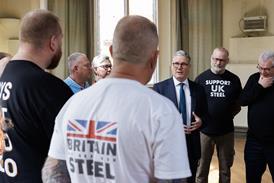
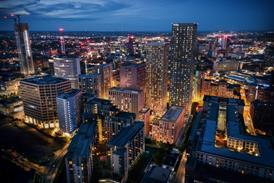
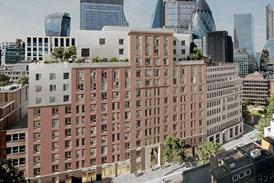
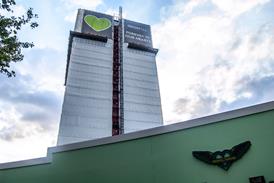


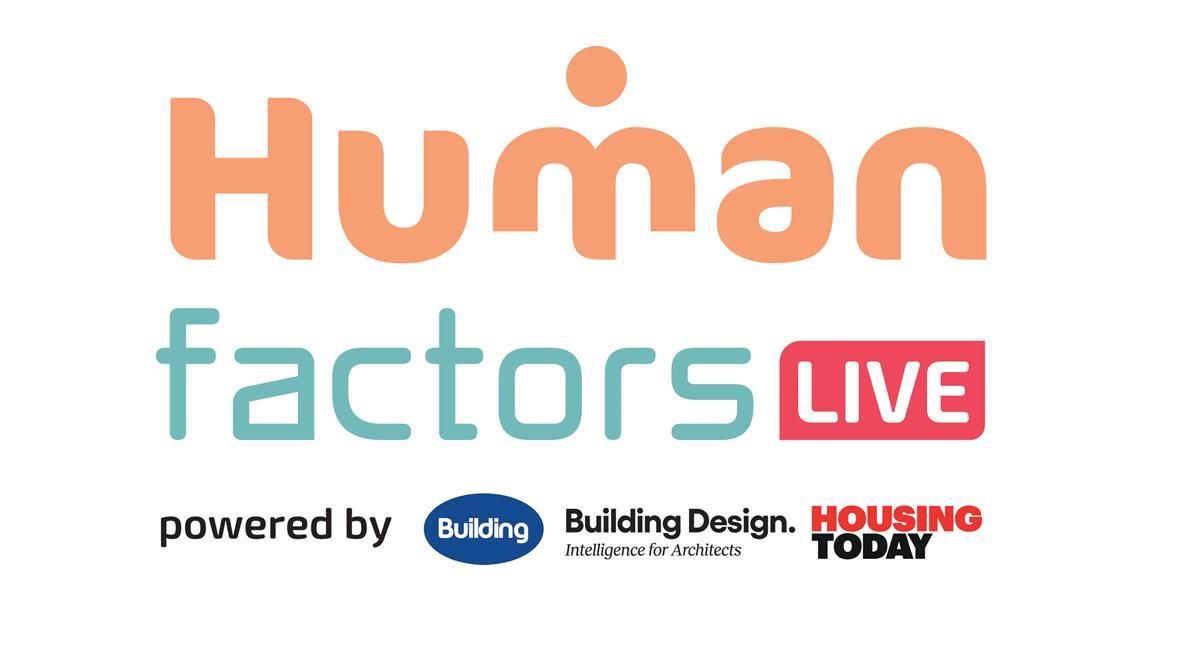
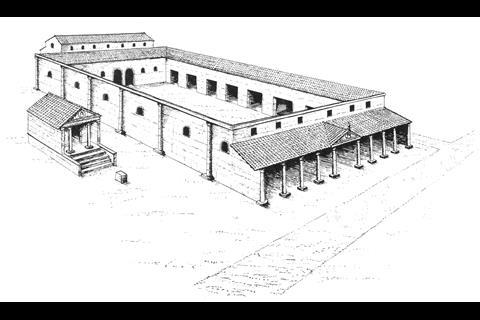
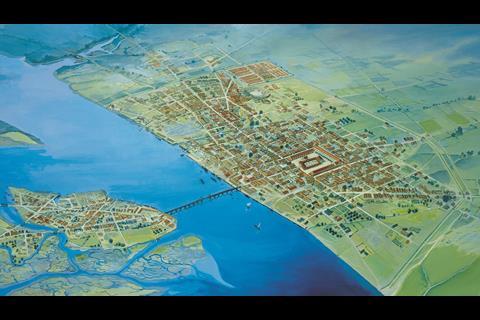
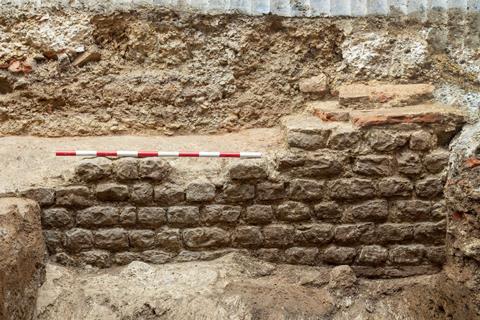
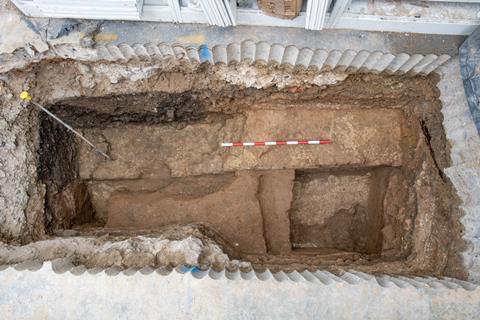
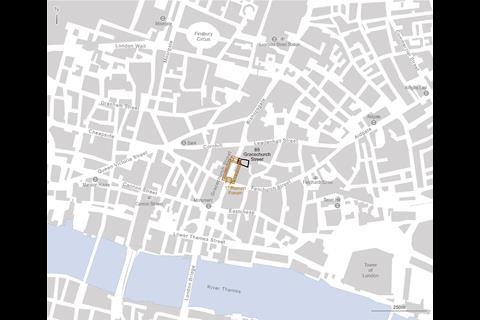
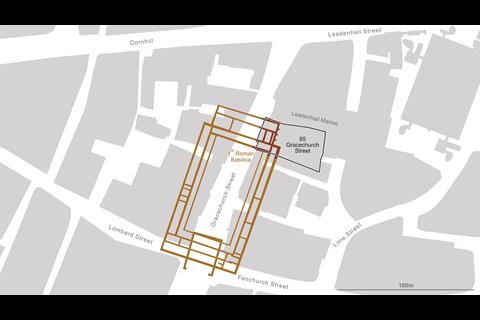
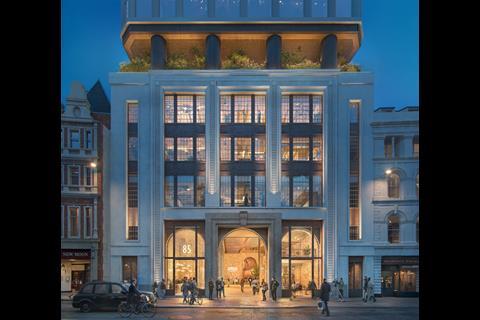
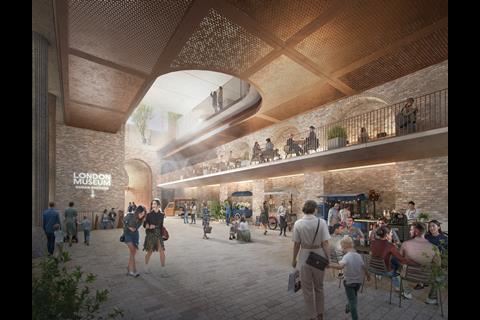







No comments yet